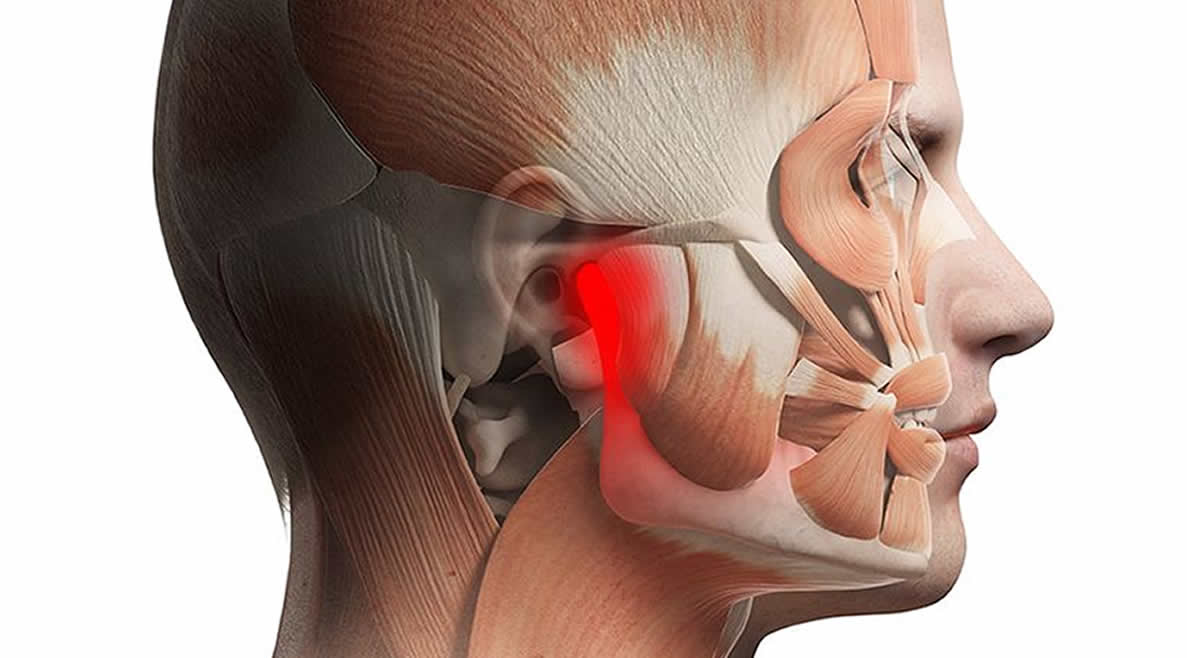

Jaw Tumors and Cysts: Causes, Symptoms, Diagnosis and Treatment
Jaw tumors and cysts are structural problems that occur in the mouth and jaw region, often presenting with serious symptoms and, if left untreated, can significantly impact quality of life. In this article, the causes, symptoms, diagnostic methods, and treatment options for jaw tumors and cysts are discussed in detail.
What Are Jaw Tumors and Cysts?
Jaw tumors and cysts are abnormal structural changes that typically develop in the jawbone or surrounding soft tissues. They may be benign or malignant. Cysts are usually fluid-filled sacs, while tumors are characterized by the uncontrolled growth of tissue. In some cases, they may remain asymptomatic for a long time, but as they progress, they can lead to pain, swelling, and functional loss.
Common Jaw Tumors and Cysts
-
Ameloblastoma: A benign but locally aggressive tumor.
-
Odontogenic cysts: Cysts originating from tooth development.
-
Keratocystic odontogenic tumor: A rapidly spreading and recurrent lesion.
-
Malignant tumors: Such as osteosarcoma.
What Causes Jaw Tumors and Cysts?
The causes of jaw tumors and cysts can vary and may include both genetic and environmental factors. Some of the most common reasons include:
-
Genetic Factors
-
Family history of similar conditions.
-
Genetic syndromes such as Gorlin-Goltz syndrome.
-
-
Oral Hygiene
-
Untreated dental caries.
-
Chronic gum diseases.
-
-
Trauma
-
Physical impact to the jaw.
-
Complications from surgery or dental procedures.
-
-
Infections
-
Spread of bacterial or viral infections.
-
Symptoms of Jaw Tumors and Cysts
Symptoms often begin with visible signs such as pain or swelling, although in some cases, the condition can progress silently. If you suspect any of the symptoms below, consult a specialist promptly.
Common Symptoms
-
Swelling or a lump in the jaw
-
Pain or tenderness
-
Loose or displaced teeth
-
Difficulty opening the mouth
-
Redness and warmth in case of infection
Symptom Frequency Table
| Symptom | Frequency |
|---|---|
| Swelling | High |
| Pain | Moderate |
| Functional Loss | Low |
How Are Jaw Tumors and Cysts Diagnosed?
Diagnosis is typically made through a detailed clinical examination and radiographic imaging. Early and accurate diagnosis increases treatment success significantly.
Diagnostic Methods
-
Clinical Examination
-
Physical examination of the oral and jaw region
-
Detection of palpable masses
-
-
Radiological Imaging
-
Panoramic X-ray
-
CT scan
-
MRI
-
-
Biopsy
-
Tissue sampling from the lesion for pathological analysis
-
How Are Jaw Tumors and Cysts Treated?
Treatment options vary depending on the type, size, and stage of the tumor or cyst. Main treatment modalities include:
-
Surgical Treatment
-
Removal of the tumor or cyst
-
Reconstructive surgery if necessary
-
-
Medical Treatment
-
Use of antibiotics in case of infection
-
Supportive pain management
-
-
Radiotherapy or Chemotherapy
-
May be used as adjunct treatment for malignant tumors
-
Frequently Asked Questions About Jaw Tumors and Cysts
Can this condition be prevented?
Yes, maintaining proper oral hygiene and having regular dental check-ups can reduce the risk.
Is the treatment process lengthy?
It depends on the individual case, but early diagnosis makes the process more manageable.
How is recovery after surgery?
Recovery typically takes between 2 to 4 weeks.
Jaw tumors and cysts are treatable conditions when detected early, but can lead to serious complications if ignored. Pay close attention to symptoms and protect your health by visiting your dentist regularly. For more information, feel free to contact us.
